After the bombing of Hiroshima, the city was totally devastated. Once the center of economic activities, the site of many political offices, and the location of the headquarters of major military units during World War II, this flourishing city in the Chugoku region became the prime target of the nuclear bomb attack in 1945. Many roads and infrastructures were destroyed, halting the operations of the transportation system in and around the city.
At present, the city is far from the picture of destruction we imagined it to be. The paved roads and bridges link the city to the suburbs and other surrounding areas. Modern structures and buildings have sprung, breathing life into the city during the day and lighting it up during the night. Over time, the city has developed significantly, giving little to no trace of its dark past.
Most commercial establishments like bars and restaurants and shopping districts are concentrated around the area of JR Hiroshima Station. Getting around the city can be done by streetcar (tram), by bus, or by bicycle. Most of the tourist attractions are easily accessed by tram.
Hiroshima By Streetcar (Tram)
Hiroshima is known to have the most extensive tram network in Japan. These streetcars are operated by Hiroden, which boasts itself as the “Moving Streetcar Museum” because of its age old trams that are still running and working, including those that survived the atomic bombing (Streetcar 651 and 652) in 1945.
Currently, more than 290 trams, both modern and classic, are still in operation; some of them were originally from Kyoto and Fukuoka, but when they halted their tram service, Hiroshima bought the units. JR Hiroshima Station is the key jump-off point of most of the tram lines running in and around Hiroshima. Here are the different tram lines:
- Main Line
- Ujina Line
- Miyajima Line
- Eba Line
- Hakushima Line
- Hijiyama Line
- Yokogawa Line
Fare: ¥180 (flat rate within central Hiroshima)
Note: Fare increases as you get farther away from the city center.
Reminder
- Boarding and alighting methods differ per tram. Check the ‘Entrance’ and ‘Exit’ sign; this should be easy as there are English translations.
- Pay as you exit. If you don’t have exact fare, you can change your large bills into smaller ones through the changing machines near the exit.
Hiroshima By Bus
Most of the local buses run within the city and the suburbs, serving both the locals and the visitors. Just like the trams/streetcars, buses have English translations for announcements and directional signs.
For JR Pass holders, you can enjoy riding the Maple-oop bus for free. This JR-operated loop bus is meant for tourists. It links JR Hiroshima Station to popular attractions like Peace Memorial Park, Hiroshima Castle, and the Shukkeien area. For non-JR Pass holders, you can still ride the bus for ¥200 per ride. You may also avail the one-day pass for ¥400 to save money if you want to visit more than one attraction.
No idea how to the local buses in Japan work? Check it here. Also, be aware of the bus/train rules and etiquette.
Hiroshima By Bicycle
Hiroshima has wide sidewalks which are great for those who want to explore the city by bicycle. Various bicycle rental services are available within the city center, some have partnered with hotels to arrange the rental service or to set up rental desks in the lobbies.
Tourist information offices, like those found in JR Hiroshima Station and the Hiroshima Tourism Promotion Office, also have lists of bicycle rental outlets within the city center. The rental rate ranges from ¥1,000 to ¥1,500 for a day.
Travel Passes and Discounted Tickets
Travel with ease around the region through travel passes and multi-purpose prepaid card. You can avail a 3-day Visit Hiroshima Tourist Pass, which covers all Hiroshima trams, buses, and ferry rides to Miyajima Island. Aside from the free rides, you can also get admission discounts to key attractions and partner restaurants. Depending on the area coverage, the 3-day pass rates range from ¥1,000 to ¥3,000.
Learn more about the other travel passes and prepaid cards, when to purchase them, and where to get them here.
Hiroshima Essentials
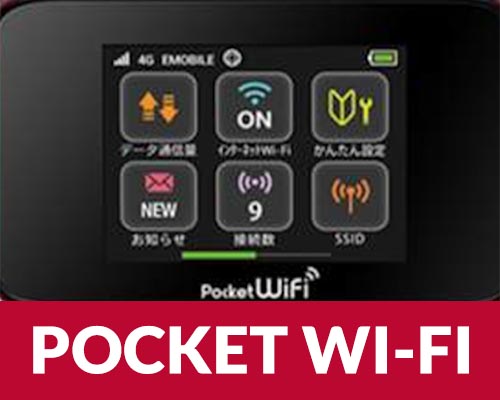 Pocket Wi-fi Stay Internet-connected while in Hiroshima! ➡️ RESERVE HERE |
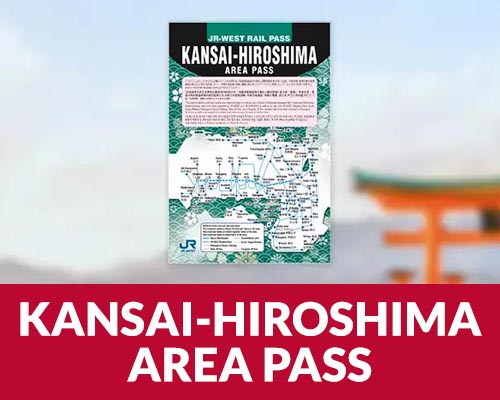 5-Day Pass (KIX Pick Up) Explore Kansai and Hiroshima! ➡️ RESERVE HERE |
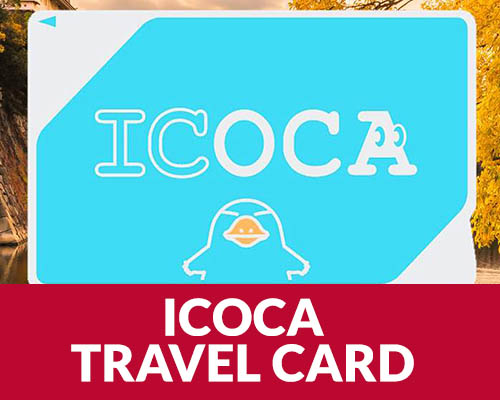 ICOCA Card Easy access to train, subway and buses! ➡️ RESERVE HERE |
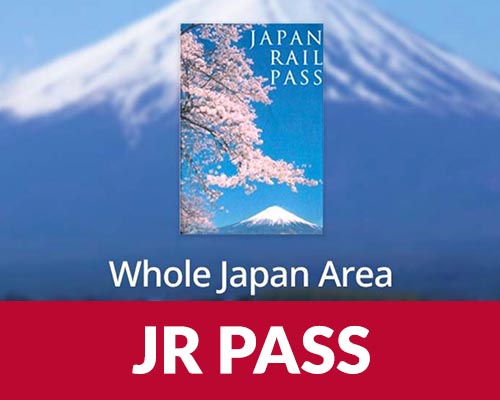 JR Pass Unlimited train rides within the JR network. ➡️ RESERVE HERE |
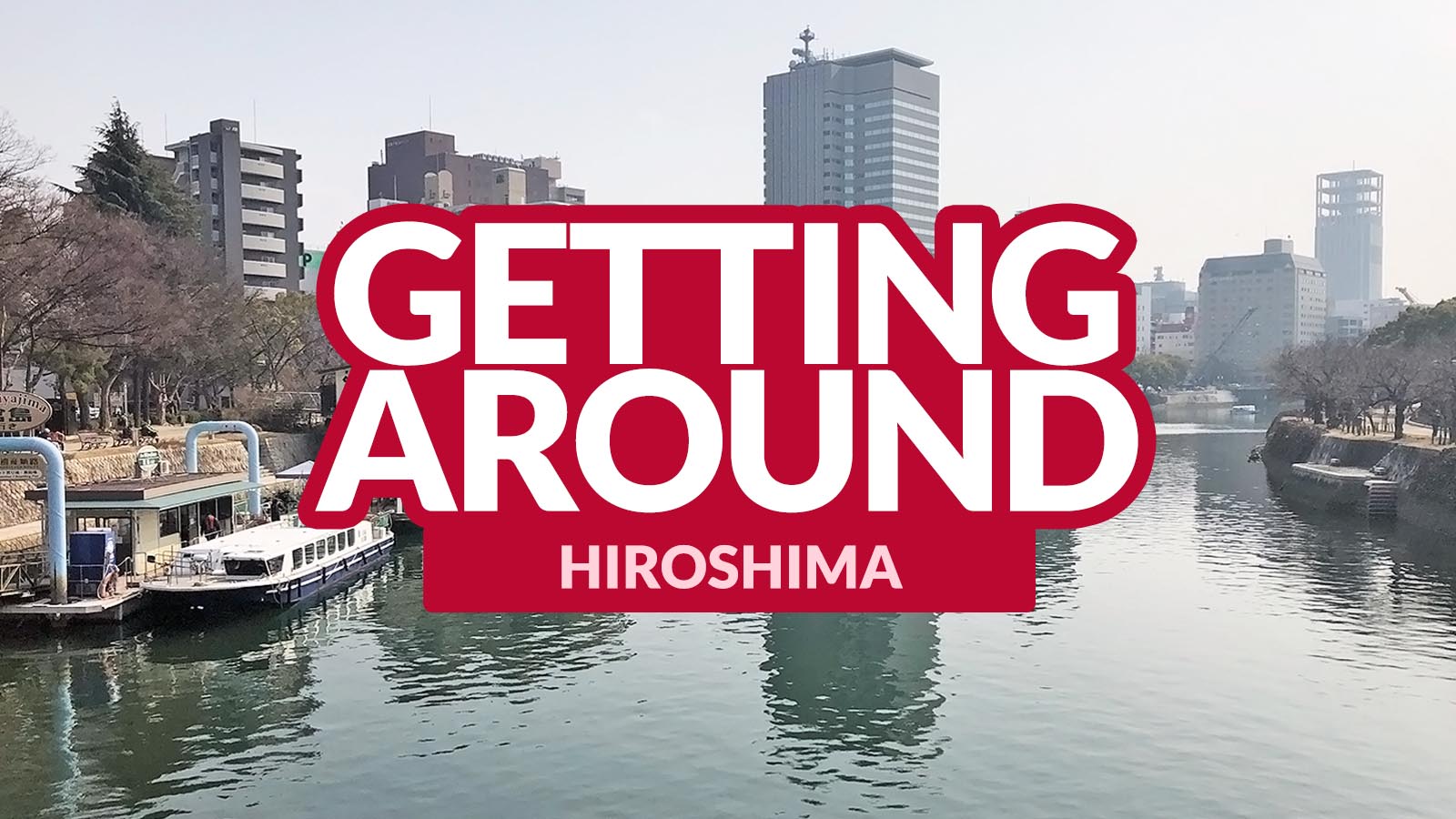
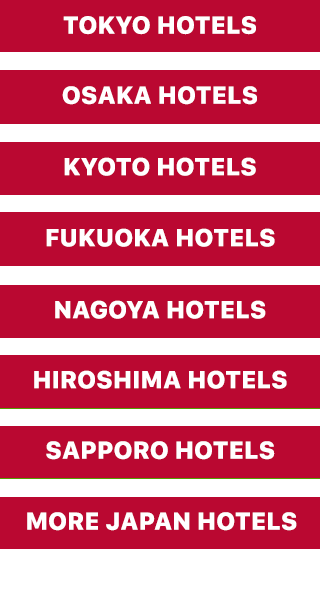

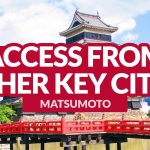


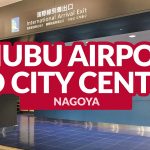

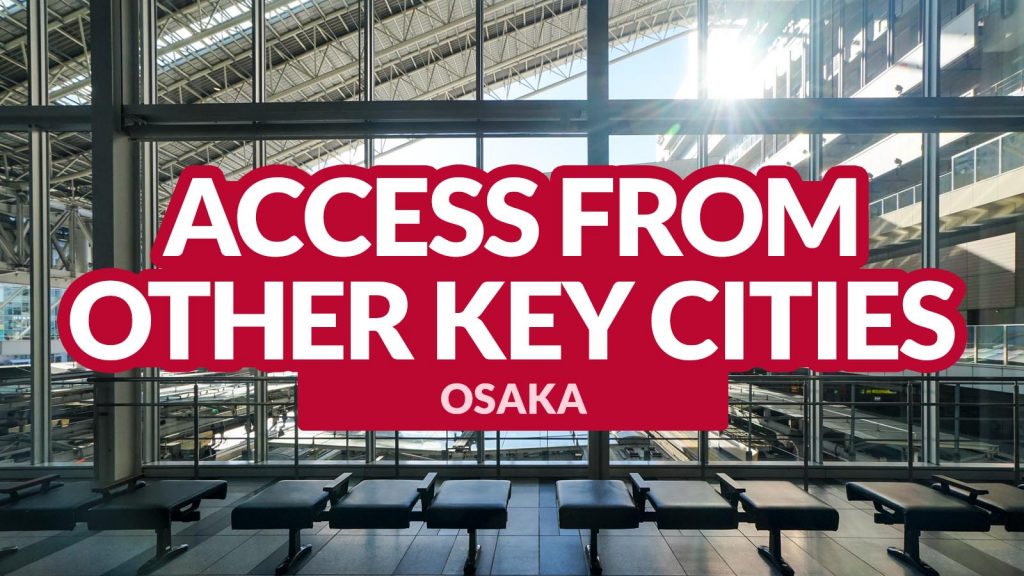
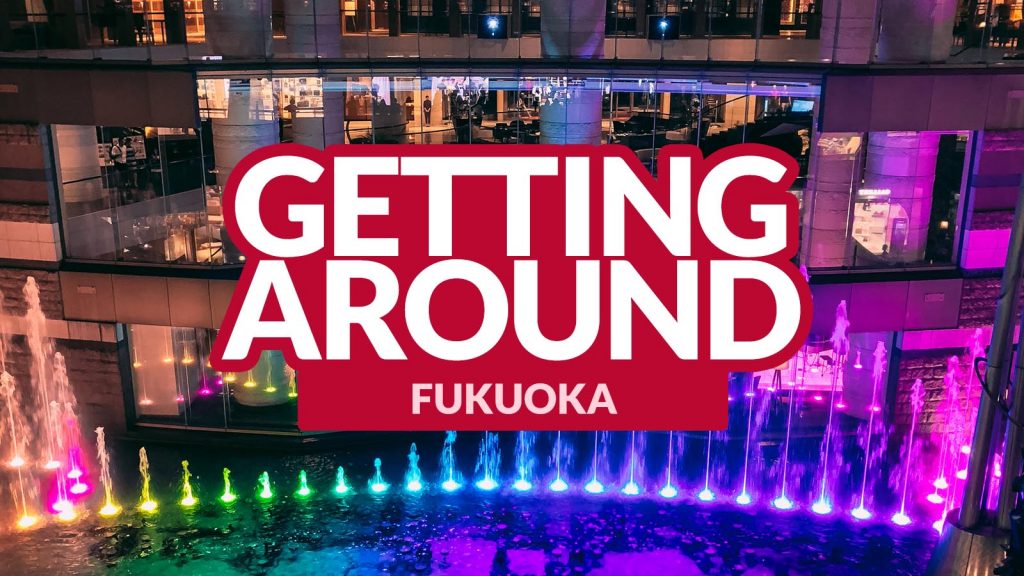
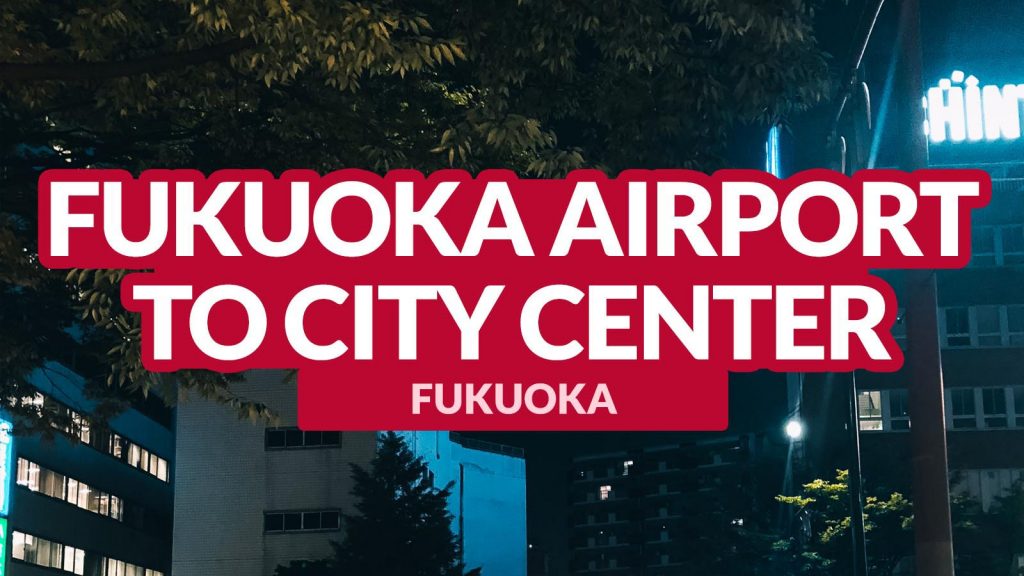
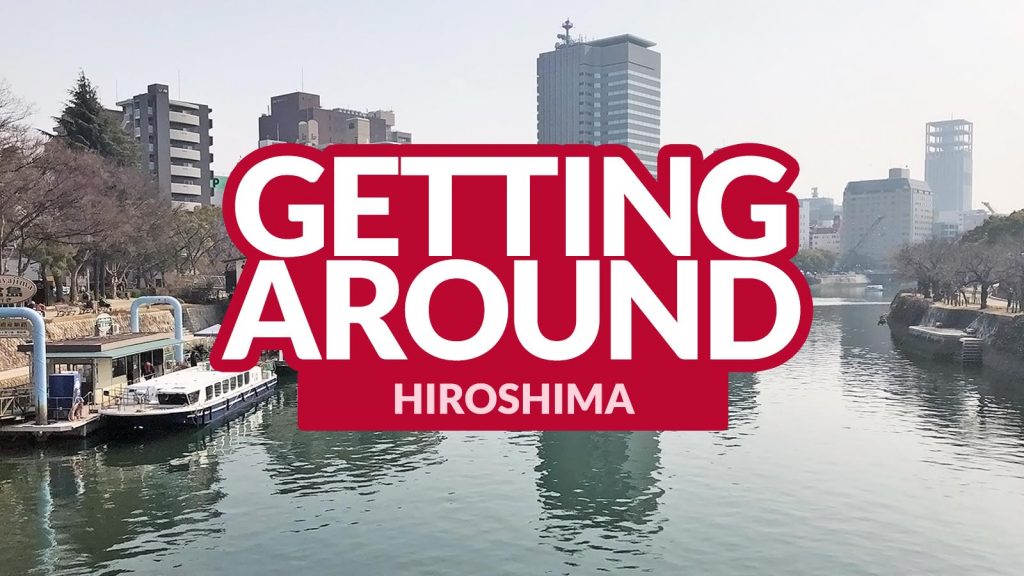
Comments